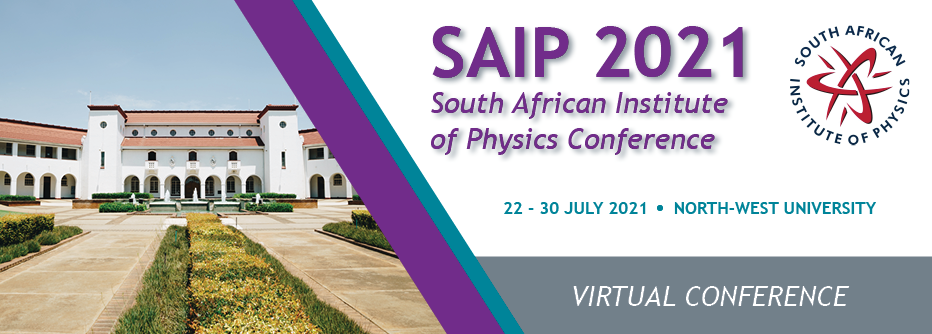Speaker
Description
Investigation of limit of detection using standard radioactive sources with a LaBr3(Ce) detector
F. van Niekerk (1,3), S.R. Johnson (2), P. Jones (3)
1 Department of Physics, University of Stellenbosch.
2 Department of Physics, University of Cape Town.
3 Department of Subatomic Physics, iThemba LABS.
Keywords: LaBr3(Ce) detector; Background radiation; Gamma radiation; Detection limits
Abstract
NaI(Tl) detectors has for long been used as the preferred scintillation detector for radioisotope identification. However, one of the most profound shortcomings of this detector, is poor spectral resolution. A suitable replacement for NaI(Tl) is the LaBr3(Ce) detector. This detector shows significantly improved sensitivity and spectral resolution. This will be especially evident through measurements employing both peak analysis and full spectrum analysis.
During this study, an energy calibration of a LaBr3(Ce) detector was performed using radionuclides 22Na, 60Co and 152Eu as radiation sources. Ambient background radiation was measured with the intention of correction purposes after actual source measurements. The mentioned sources have been measured at increasing distances from the detector. This study mainly focused on the determination of the detection limits of each radiation source considering the presence of background radiation. Therefore, the change in the intensity measured for each source as a function of increasing distance from the detector has been emphasised. This application is in relation to the solid angle between the points of the radiation source and the active detector volume.
Studies and the application of all data available will focus on the relevant factors to calculate the limit of detection for a specific activity for each radiation source. Results obtained during the investigation indicated a relation between detector counts, solid angle, and source activity. Further studies and application of all data available will focus on the relevant factors to calculate the limit of detection for a specific activity for each radiation source.
This study forms part of a broader research project that entails the design, building and commissioning of a prototype mobile gamma-ray detection system equipped with a LaBr3(Ce) detector. The successful development of such a detector system will enable in situ measurements of radiation in various robust terrestrial environments with improved sensitivity and spectral resolution.
Apply to be considered for a student ; award (Yes / No)?
Yes
Level for award;(Hons, MSc, PhD, N/A)?
PhD

